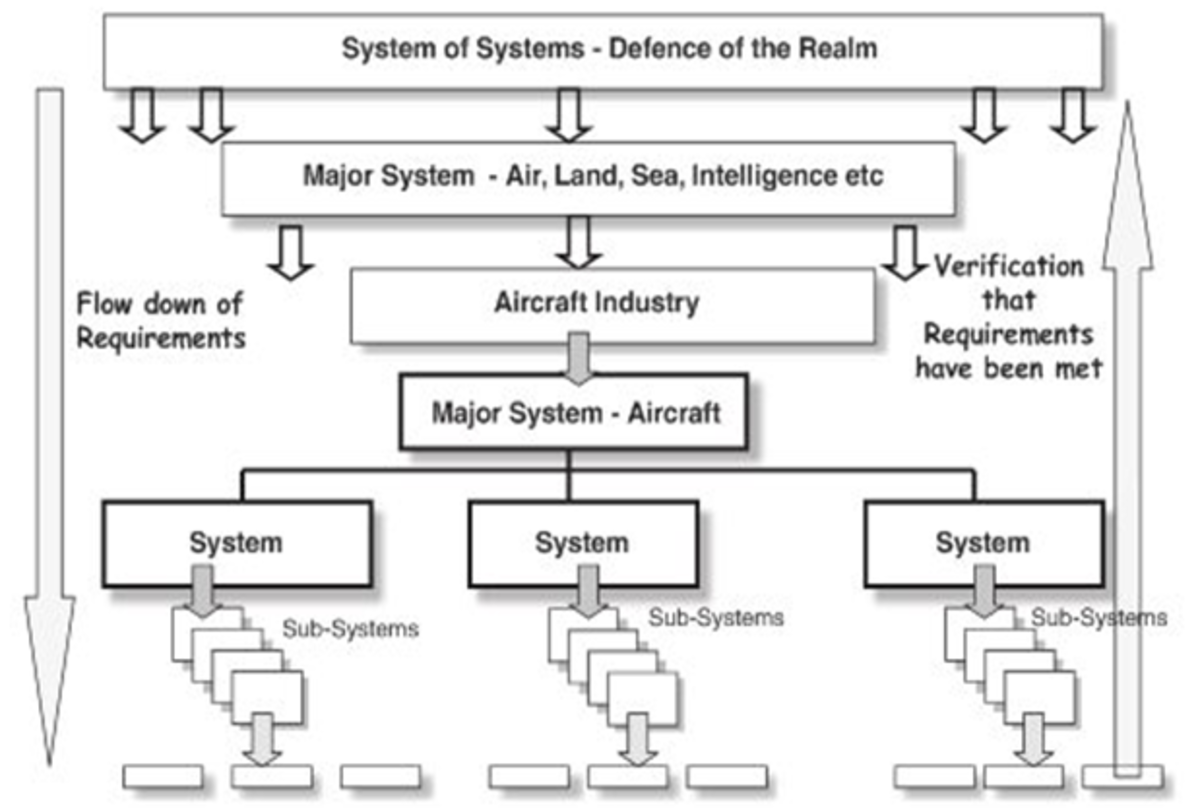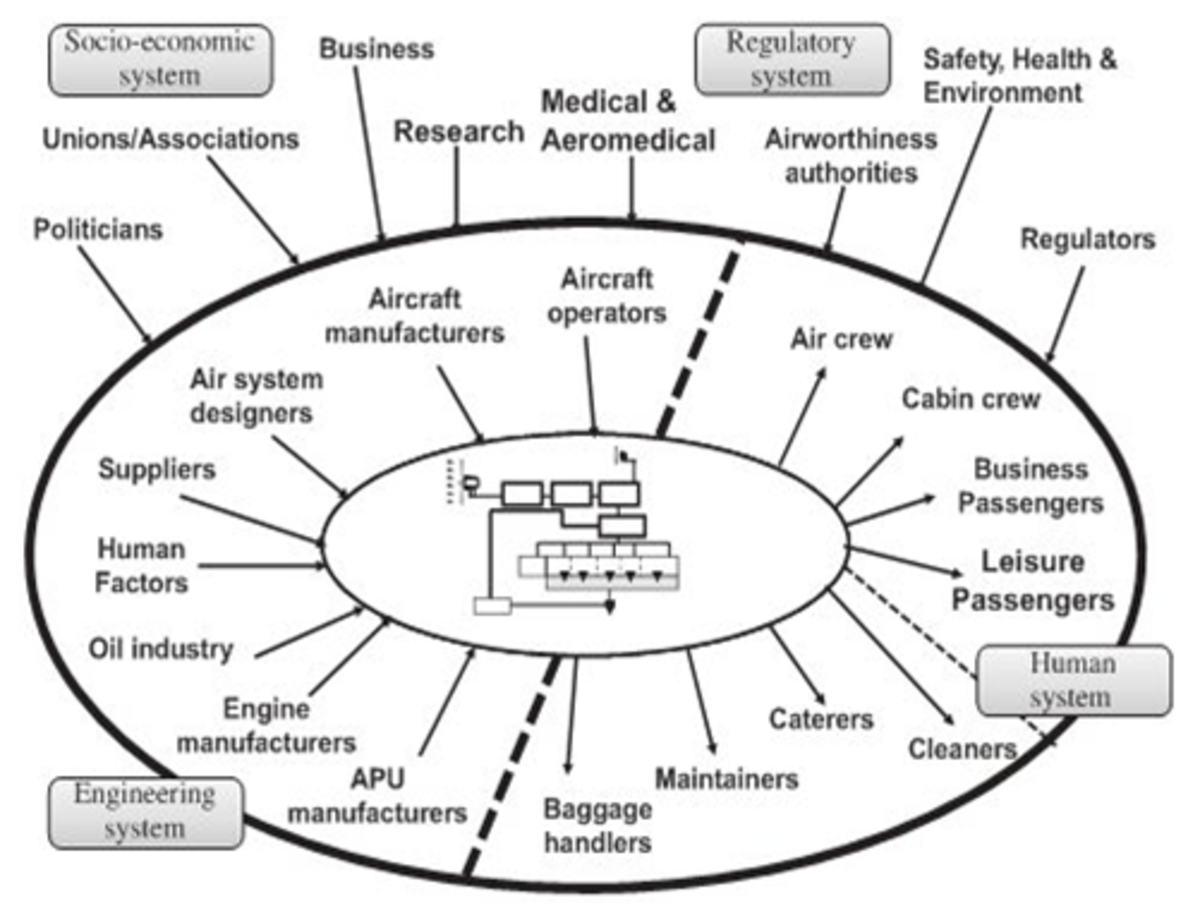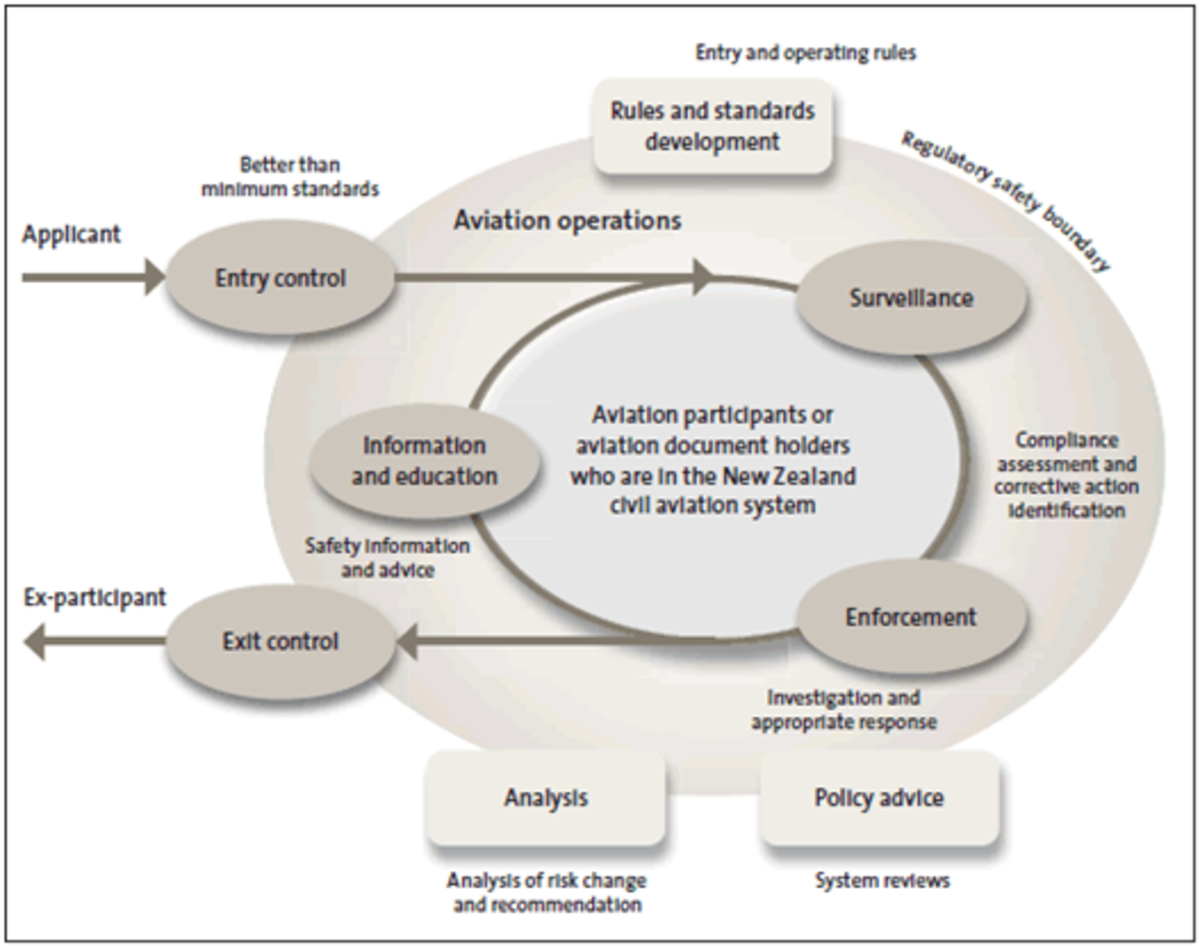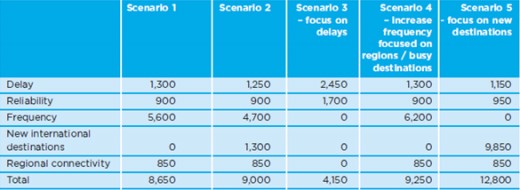Carbon fibre reinforced polymer (CFRP) is still a relatively
new material in the aerospace industry. It consists of a structure of carbon
fibres bound together with a thermoset resin or plastic, which gives it an
extremely high strength-to-weight ratio. Lighter than aluminium, stronger than
iron, and with a higher elasticity than titanium, it is no wonder that a lot of
airlines now use CFRP parts in the airframe, including the Boeing 787
Dreamliner. Its resistance to strain and abrasion makes it ideal for
withstanding the forces during repeated take offs and landings, and its low
shrinkage and expansion against heat is exploited in aircraft brakes to absorb
considerable quantities of energy rapidly without mechanical failure or seizure
(CIEC Promoting Science, 2013) .
In 1995, GE Aviation introduced the first airline engine to
feature carbon fibre components. The fan blades in the front turbine of the
GE90 were made out of CFRP, which are twice as strong and one third the weight
of generic titanium blades (GE Aviation, 2015) . They have now opened a second factory
in Mississippi to produce CFRP parts for two new engine programs, including
manufacturing fan platforms for the LEAP engine that is expected to reduce the
fuel consumption of the Airbus A320neo by about 15% (Sloan, 2016) .
There are, however, a number of limitations to CFRP, mainly
due to how new the technology is. A number of aircraft that use CFRP parts have
experienced delays with delivery dates due to the relatively new processes used
to make them; metallic structures, on the other hand have been studied and used
on airframes for years and the processes are relatively well understood.
Another disadvantage is the price - it is very expensive. And this expense can
increase due to the need for a mould to create a sufficient product. Making a
mould is not always easy and often requires the help of a specialist to produce
(Zhou, 2004) .
Also, when the material breaks, the material can disintegrate into a number of
fractured pieces, which can cause some unpredictable results. (Caterham
Group, 2016) .
A lot of research still needs to be done on CFRP composites
before they can be used in more engine components. There are further studies
still being carried out on new carbon fibre composites, such as polyether ether
ketene (PEEK) and carbon nanotube reinforced polymers (CNRP), but due to the
high temperatures of engines, it is so far doubtful that carbon fibre
composites will be used beyond the fan blades of engines.
References
Caterham Group. (2016, March). Fiber Reinforced
Composites. Retrieved from Enlighten: http://altairenlighten.com/in-depth/fiber-reinforced-composites/
CIEC Promoting
Science. (2013, March 18). Composites. Retrieved 2016, from The
Essential Chemical Industry - Online:
http://www.essentialchemicalindustry.org/materials-and-applications/composites.html
Cox, B. (2010). FADEC
Comes Of Age. Retrieved from Plane & Pilot:
http://www.planeandpilotmag.com/article/fadec-comes-of-age/#.WGBUsTug_IV
GE Aviation. (2015). The
GE90 Engine. Retrieved 2016, from GE Aviation:
http://www.geaviation.com/commercial/engines/ge90/
Kellner, T. (2015,
February 9). Ceramic Matrix Composites Allow GE Jet Engines to Fly Longer.
Retrieved from GE Reports:
http://www.gereports.com/post/110549411475/ceramic-matrix-composites-allow-ge-jet-engines-to/
Moir, I., &
Seabridge, A. (2001). Aircraft Systems. London: Professional
Engineering Publishing.
NASA. (2015, May 5). Turbofan
Thrust. Retrieved from NASA:
https://www.grc.nasa.gov/www/k-12/airplane/turbfan.html
Penner J.E., L. D.
(1999). Aviation and the Global Atmosphere. Cambridge: Cambridge
University Press.
Sloan, J. (2016,
February 8). GE Aviation, Batesville, MS, US. Retrieved from Composites
World: http://www.compositesworld.com/articles/ge-aviation-batesville-ms-us
Smith Kilkenny, K.
(2016, August 31). Ceramic Composites Revolutionize Engine Efficiency.
Retrieved from NASA:
https://www.nasa.gov/feature/ceramic-composites-revolutionize-engine-efficiency
Zhou, M. (2004). A
Comprehensive Process for Composite Design. California: Altair.











